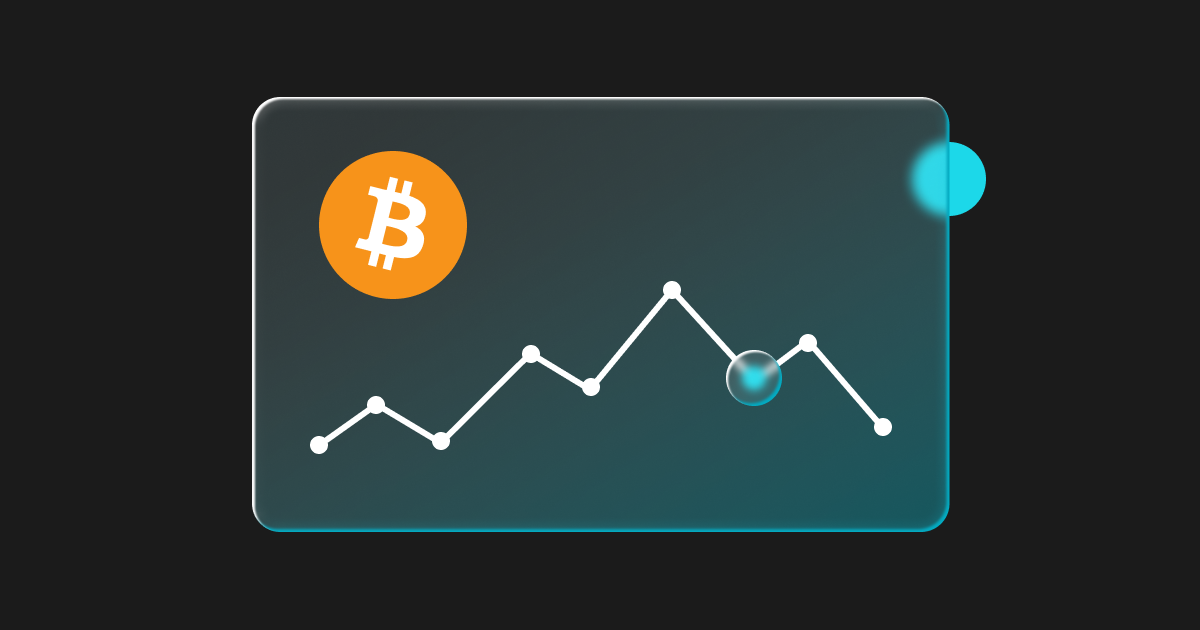
The US Debt Ceiling: What is It and What Are Its Implications
The US debt ceiling has long been a topic of contention and concern in economic and political circles. After reading this article you will understand what the US debt ceiling is, and why many traders interpret this as a major macroeconomic influence.
TL;DR
- The US debt ceiling is a limit set by Congress on the total amount of debt that the US government can accumulate. It represents the maximum amount of money the government can borrow to meet its financial obligations.
- The current debt ceiling stands at a staggering level, reflecting the accumulated debt over the years.
Understanding the US Debt Ceiling
The US debt ceiling has long been a topic of contention and concern in economic and political circles. In 2023, the issue of the debt ceiling has once again come to the forefront, raising questions about its implications for the economy and financial markets.
The US debt ceiling is a limit set by Congress on the total amount of debt that the US government can accumulate. It represents the maximum amount of money the government can borrow to meet its financial obligations, including paying for government programs, services, and interest on outstanding debt.
While the government rakes in taxes, customs duties, and other streams of revenue, it usually spends more than it takes in. This leaves the government with a near-permanent deficit, which over the last decade has ranged between US$400bn to US$3tn per annum. Every year, the deficit then gets added to the country's total debt.
In order for a country to borrow, securities such as US government bonds are issued that eventually need to be paid back with interest.
The current debt ceiling stands at a staggering level, reflecting the accumulated debt over the years. As of 2021, the debt ceiling has been raised for the 78th time since 1960 and stands at a whopping US$31.4tn.
The Implications of the US Debt Ceiling
Government Operations and Financial Stability
When the US approaches or reaches its debt ceiling, it puts the government at risk of a potential default if it cannot borrow additional funds to meet its obligations. This scenario could disrupt government operations, delay payments to government employees and contractors, and erode public confidence in the financial stability of the nation.
Impact on Interest Rates and Borrowing Costs
The uncertainty surrounding the debt ceiling debate can lead to increased 9970be11-f365-49b4-a615-c6ed9a6be7ad volatility and potentially impact interest rates. If investors become concerned about the government's ability to manage its debt, they may demand higher yields on US Treasury bonds. This could raise borrowing costs for the government, as well as for consumers and businesses, indirectly affecting economic activity.
Confidence and Credit Rating
A failure to address the debt ceiling in a timely and responsible manner can undermine confidence in the US economy. Credit rating agencies closely monitor the government's handling of debt-related issues. If they perceive a lack of fiscal responsibility, they may downgrade the country's credit rating, making it more expensive for the government to borrow in the future. This downgrade can also have a ripple effect on other financial instruments and institutions tied to US debt.
Political Implications
The debt ceiling debate often becomes entangled in political disputes, leading to gridlock and uncertainty. Political brinkmanship surrounding the debt ceiling can have far-reaching consequences, including damage to the reputation of the US government, polarization among lawmakers, and potential disruptions in financial markets.
The Way Forward
Addressing the US debt ceiling requires careful consideration and collaboration between lawmakers to ensure fiscal responsibility while avoiding unnecessary economic risks. Timely action to raise or suspend the debt ceiling can help maintain financial stability, sustain government operations, and preserve confidence in the economy.
It is crucial for policymakers to engage in constructive dialogue, find common ground, and make informed decisions to address the debt ceiling in a responsible manner. Long-term fiscal reforms, prudent spending, and revenue-enhancing measures may also be necessary to address the underlying issues contributing to the growth of the national debt.
Disclaimer: The opinions expressed in this article are for informational purposes only. This article does not constitute an endorsement of any of the products and services discussed or investment, financial, or trading advice. Qualified professionals should be consulted prior to making financial decisions.


